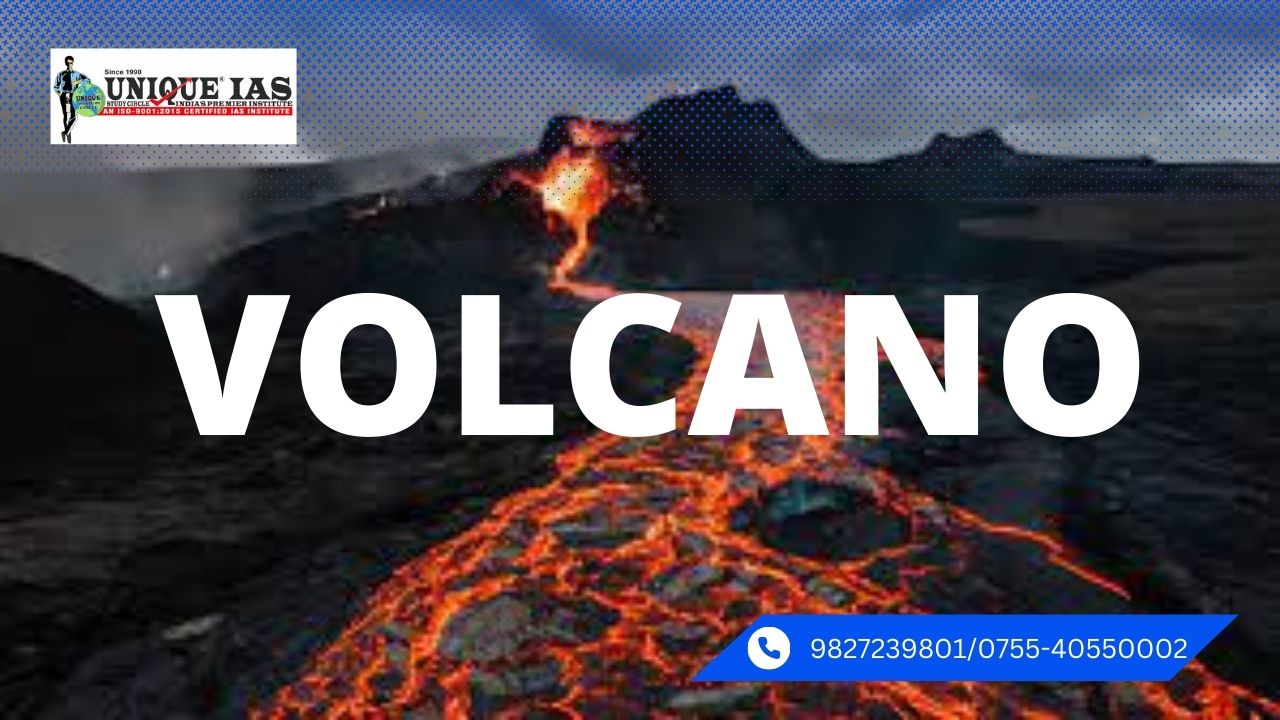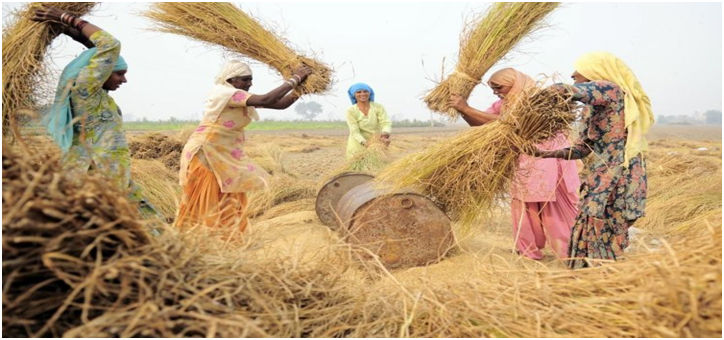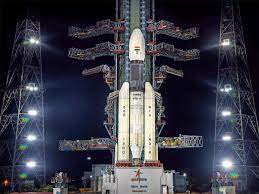VOLCANO-ज्वालामुखी
The eruptions from inside the earth are known as volcanoes. Earth's volcanoes occur because its crust is broken into 17 major, rigid tectonic plates that float on a hotter, softer layer in its mantle. Therefore, on Earth, volcanoes are generally found where tectonic plates are diverging or converging, and most are found underwater.
Magma – The material inside the earth.
Lava – Magma which comes out is known as Lava.
Vent – That tube from which the Magma moves up is known as vent.
Crater – The broader opening of the vent through which magma comes out is known as crater.
The Lonar lake was initially believed to be of volcanic origin, but now it is recognized as an impact crater created by the hypervelocity impact of either a comet or a meteorite.
Types of Volcano-
1)Active Volcano–
It is activated constantly and lava comes out. For e.g. Catapaxi (Equadoor), Etna(Italy)-Straboly(Italy)
2)Dead Volcano –
No lava eruption takes place through it for e.g. poppa volcano at Burma.
3)Dormant Volcano –
Lava eruption after a certain period. e.g. KrakotaJava (Indonesia).Visuvis(Italy)
Types of Volcanoes
Volcanoes are classified on the basis of nature of eruption and the form developed at the surface.
1-Fissure volcanoes-
A fissure vent, also known as a volcanic fissure, eruption fissure or simply a fissure, is a linear volcanic vent through which lava erupts, usually without any explosive activity
In Fissure Volcanoes lava flows that can travel great distances.
2-Shield Volcanoes-
They are known as shield volcano because they resemble a warrior’s shield .
Where a volcano produces low viscosity, runny lava, it spreads far from the source and forms a volcano with gentle slopes: a shield volcano.
|
Viscosity- Viscosity, resistance of a fluid (liquid or gas) to a change in shape, or movement of neighbouring portions relative to one another. Viscosity denotes opposition to flow. The reciprocal of the viscosity is called the fluidity, a measure of the ease of flow. Molasses, for example, has a greater viscosity than water. |
Most shield volcanoes are formed from fluid, basaltic lava flows.
They extend to great height as well as distance.
They are the largest of all volcanoes in the world as the lava flows to a far distance. The Hawaiian volcanoes are the most famous examples.
Mauna Kea and Mauna Loa are shield volcanoes.
They are of low explosive in general, but if somehow water gets into the vent they may turn .
3-Composite Volcanoes:
Composite is a cone-shaped volcano built from several layers of lava, ashetc.
Due to its viscous lava, a composite volcano tends to form tall peaks rather than rounded cones. Mount Fuji in Japan
Why known as Composite?
Composite volcanoes because they consist of variety of material that include ash, blocks of various stones, pumice, and lava
Shape Cone shaped with moderately steep sides and sometimes have small craters in their summits.
They are characterized by the eruption of a cooler and more viscous lavas than basalt.
These volcanoes often result in explosive eruptions.
This material accumulates in the vicinity of the vent openings and leading to the formation of layers, and this makes the mount appears as composite volcanoes.
4-Caldera:
5-Flood Basalt Provinces-
A flood basalt / plateau basalt is the result of a giant volcanic eruption or series of eruptions that covers large stretches of land or the ocean floor with basalt lava.
Many flood basalts have been attributed to the onset of a hotspot reaching the surface of the earth via a mantle plume.
Flood basalt provinces such as the Deccan Traps of India are often called traps, meaning "staircase" .
6-Mid-Ocean Ridge Volcanoes
These volcanoes occur in the oceanic areas.
There is a system of mid-ocean ridges more than 70,000 km long that stretches through all the ocean basins.
The mid-ocean ridge consists of thousands of individual volcanoes or volcanic ridge segments which periodically erupt. Beneath a typical mid-ocean ridge, mantle material partially melts as it rises in response to reduced pressure.
Ex- Mid-Atlantic Ridge,
The central portion of this ridge experiences frequent eruptions.
World’s Maximum volcanoes are found at Ring of Fire in pacific ocean.
Highest active volcanic mountain is cotopaxi.
Largest volcano is Monalia at Hawaii island.
Advantages of volcano
Precious metals come out * Fertile soil also comes out* Islands are found like Andaman &Nicobar islands.
Large volconic eruptions can affect temperature as ash and droplets of sulfuric acid obscure the sun and cool the Earth's lower atmosphere (or troposphere); however, they also absorb heat radiated from the Earth, thereby warming the upper atmosphere (or stratosphere).
Disadvantages of volcano
Large volconic eruptions can affect temperature as ash and droplets of sulfuric acid obscure the sun and cool the Earth's lower atmosphere (or troposphere); however, they also absorb heat radiated from the Earth, thereby warming the upper atmosphere (or stratosphere). Historically, volcanic winters have caused catastrophic famines.
The concentrations of different volcanic gases can vary considerably from one volcano to the next.
Advantages of volcano
Precious metals come out * Fertile soil also comes out* Islands are found like Andaman &Nicobar islands.
Large volconic eruptions can affect temperature as ash and droplets of sulfuric acid obscure the sun and cool the Earth's lower atmosphere (or troposphere); however, they also absorb heat radiated from the Earth, thereby warming the upper atmosphere (or stratosphere).
Disadvantages of volcano
Large volconic eruptions can affect temperature as ash and droplets of sulfuric acid obscure the sun and cool the Earth's lower atmosphere (or troposphere); however, they also absorb heat radiated from the Earth, thereby warming the upper atmosphere (or stratosphere). Historically, volcanic winters have caused catastrophic famines.
The concentrations of different volcanic gases can vary considerably from one volcano to the next.
Gases released in Volcano-
Water vapor is typically the most abundant volcanic gas, followed by carbon dioxide and sulfur dioxide. Other principal volcanic gases include….hydrogen sulfide, hydrogen chloride, and hydrogen fluoride.
|
Answer the following - Q- Consider the following statements : (UPSC Pre-2023) 1. In a seismograph, P waves are recorded earlier than S waves. 2. In P waves, the individual particles vibrate to and fro in the direction of wave propagation whereas in S waves, the particles vibrate up and down at right angles to the direction of wave propagation. Which of the statements given above is/are correct? [a] 1 only [b] 2 only [c] Both 1 and 2 [d] Neither 1 nor 2 Answer [c] Both 1 and 2 Q- How does a Volcano form?(Answer in 50 words)-MPPSC MAINS-2021-world geography Q-Why the Aral Sea was called a ‘Dying Saline Lake’?(Answer in 50 words)-MPPSC MAINS-2021- -The world's fourth largest lake in 1960, the Aral Sea has already shrunk to half its former size - a result of unsustainable cotton cultivation that began less than 40 years ago. But though the sea itself can no longer be saved, its toxic salt plains have paradoxically given rise to a new spirit in the region. - The shrinking of the Aral Sea is perhaps the greatest human-made environmental catastrophe ever recorded. The salinity of the lake's waters has increased approximately threefold, adversely affecting plant and animal life here. Q- Write the name with state, place and year of two major earthquakes that occurred after 1950 in the Peninsular India.(Answer in 10 words)-MPPSC MAINS-2021-Indian Geography Q- What is Caraclastic Metamorphism. (Answer in 50 words)-MPPSC MAINS-2021 - Cataclastic Metamorphism: A high-pressure metamorphism resulting from the crushing and shearing of rock during tectonic movement, mostly along faults. Cataclastic metamorphism is generally localized along fault planes (areas of detachment where rocks slide past one another). - Mylonites are cataclastic metamorphic rocks that are produced along shear zones deep in the crust. Q. Stromboli is a/an(PSC-2017) (a) Dormant Volcano (b) active volcano (c) extinct volcano (d) none of the above ANSWER-(b) -Stromboli is an island in the Tyrrhenian Sea, off the north coast of Sicily, containing Mount Stromboli, one of the four active volcanoes in Italy. 3-Q. Mention the global occurrence of volcanic eruptions in 2021 and their impact on regional environment. (Answer in 150 words)(IAS Exam-2021) (Q) What is ‘Allah Bund’? (please answer in 1or2 lines)(PSC- Mains -2018) -Allah Bund,' considered as the biggest earthquake to hit the Indian sub-continent. -(Q) Describe the factors and consequesnces of 2004 Tsunami in Indian Ocean. (please answer in 100 words)(PSC- Mains -2018) (Q) Define crater lake. (please answer in 1or 2 lines)(PSC- Mains -2016) |




.jpg)
.jpg)
.jpg)
.jpg)
.jpg)

.jpg)

.jpg)

